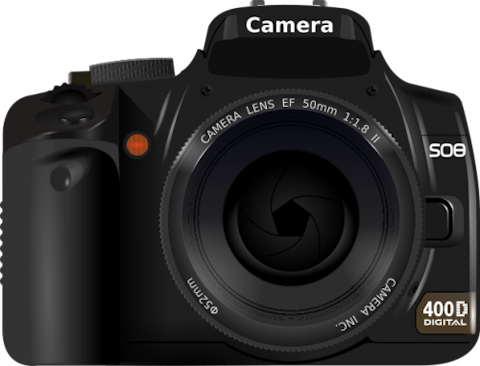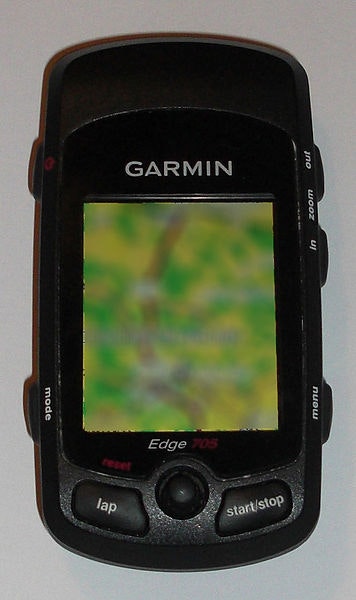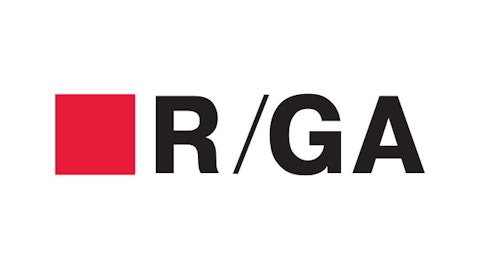We live in a consumerist society, where most of our day to day life revolves on buying things. Whether it’s food, electronics, clothes, and so on, we’re constantly buying things to improve our lives. But the question we should ask ourselves is whether we really need a particular item or not. Will it make our lives easier or better? Or will it simply represent an unnecessary expense?
Given the fact that the economy is not at its strongest level, we should all learn how to spend less. The first step is by ending our unnecessary expenses on things we don’t really need. For this purpose, we would like to present you with a list we have compiled of the top 5 things you shouldn’t buy in 2014.
Planning your shopping list? Here is the countdown of things that one shouldn’t buy in 2014.
No.5: Digital Cameras

Digital cameras are used to encode images and videos digitally, which can be stored inside the device and used at a later time. Most of the cameras available today are digital and for many years they attracted millions of users with their compact designs and sleek models. In a recent survey conducted by Consumer Electronics Association, the sales of digital cameras in 2013 have dropped by 44% as compared to 2012. The reason for this? Consumers prefer to opt for DSLR and larger cameras, which offer higher quality images. For day to day photos, consumers prefer using the cameras embedded in their smartphones or tablets.
No.4: Laptops and desktop computers

Gone are the days of laptops and desktop computers. With tablets and smartphones become so efficient, people rarely find a use for bulkier devices. Technology has evolved so much that tablets can perform the same actions and operation as a personal computer, with the added advantage that it’s a lot easier to carry around and maneuver. Even though people who are used to the large screen find it hard to ditch the traditional computers, statistics show that the worldwide shipment of desktops and laptops came down by 4% in 2013.
No.3: Credit cards with points

Credit card issuers implement a variety of innovative reward programs to attract consumers and increase their sales. In the past few years, most of the reward programs have been revolved around the concept of gathering points to earn certain rewards. But nowadays, many card providers are devaluing their reward applications by requiring cardholders to spend more in order to get the same “free award” they could have become previously with fewer points. Instead of buying credit cards with points, it is better to opt for credit cards with cash-back offers.
No.2: GPS devices

Up until a few years ago, GPS devices were regarded as a must-have for some drivers simply because they drastically reduced the prospect of ever getting lost. The desire for GPS programs still exists, but consumers have other options, at more affordable prices. Numerous software corporations now deliver GPS apps, which can be used on a number of devices, such as tablets or smartphones. And, in most cases, these apps, which are as reliable and as proficient as your traditional GPS device can even be downloaded for free off the Internet.
No.1: DVD and Blu-ray players

A Blu-ray Disc (BD) is a digital optical data storage device format meant to replace the DVD structure. DVD sales are going down, but the issue is that so are Blu-ray Discs. The primary reason behind this is that consumers now have the option of streaming movies directly from Internet-based services that include Netflix, Inc. (NASDAQ:NFLX) and Hulu. Those who still buy discs will often prefer to watch them on their favorite console: Playstation or Xbox.




